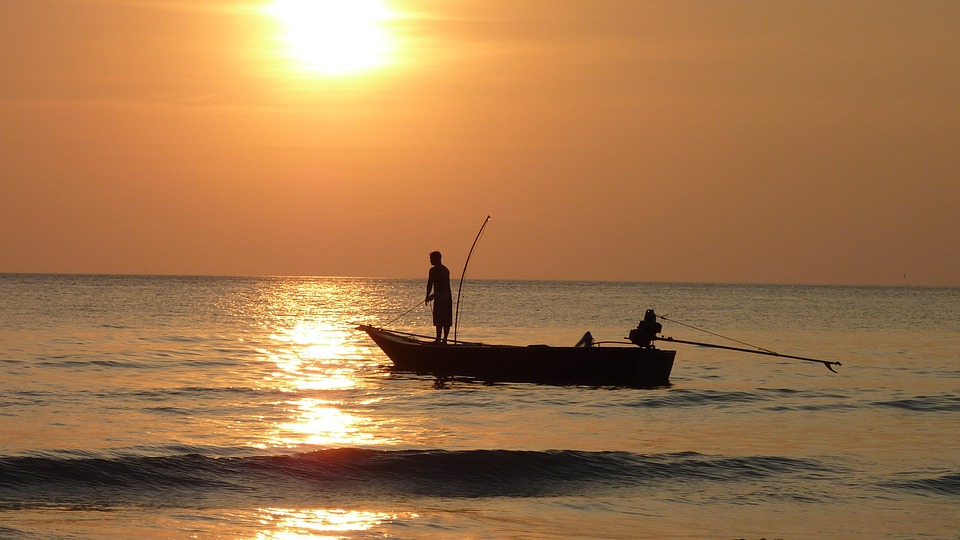Philippine News
DA to boost fishing sector

Several challenges confront the bid to achieve a long-term conservation and sustainable use of the area’s highly migratory species, said WCPFC. (Pixabay photo)
MANILA— Department of Agriculture (DA) Secretary Emmanuel Piñol on Sunday vowed to further advance the performance of local fisheries industry in the country.
“The Philippines remains one of the top fishing countries in the world,” said Piñol during the Western and Central Pacific Fisheries Commission’s (WCPFC) 14th regular session in Manila, noting that the fishing industry accounted for 1.5 percent of the country’s gross domestic product (GDP) in 2015.
In a bid to improve the fisheries industry’s contribution to the overall agriculture industry, the Philippines will negotiate with WCPFC to continue the implementation of two measures aimed at helping fisheries production and livelihood in the country.
“We’ll negotiate for Philippine vessels’ continuing access to Pacific high seas pocket 1 area,” Bureau of Fisheries and Aquatic Resources (BFAR) Dir. Eduardo Gongona said in a press conference.
Gongona added that the Philippines is also seeking WCPFC’s approval for the application of BFAR’s Fisheries Administrative Order 236 which covers operation of purse seine and ring net vessels using fish aggregating devices.
“Continuing both measures will help bring forth more fisheries production and livelihood,” he stressed.
Meanwhile, Piñol said tuna remains a top Philippine export commodity with a collective volume of almost 105,000 metric tons covering various fishery products valued at about USD300 million.
“Fishery resources of western and central Pacific Ocean are relatively abundant and returns on investments are high with fishery estimated to be worth approximately USD5 billion annually,” said WCPFC.
WCPFC is a regional fisheries management organization governing fishing activities — particularly those for tuna — in international waters or areas that don’t belong to any country.
“The commission passes conservation and management measures aimed at curbing illegal, unreported and unregulated fishing,” BFAR information chief Nazario Briguera explained.
WCPFC is focusing on effective management and conservation measures in the Pacific, where several countries fish commercially, to prevent overexploitation and eventual depletion of species there.
Several challenges confront the bid to achieve a long-term conservation and sustainable use of the area’s highly migratory species, said WCPFC.
“As the world’s population continues to grow, so does demand for food and in particular, sources of protein. This increasing demand means greater pressure on the ocean’s resources and their ability to reproduce in a sustainable manner,” said WCPFC.
“Conservation and management measures developed under terms of the Convention apply to these stocks throughout their range or to specific areas within the Convention Area,” added WCPFC.
WCPFC was established by the Convention for the Conservation and Management of Highly Migratory Fish Stocks in the Western and Central Pacific Ocean (WCPF Convention) in 2004.

